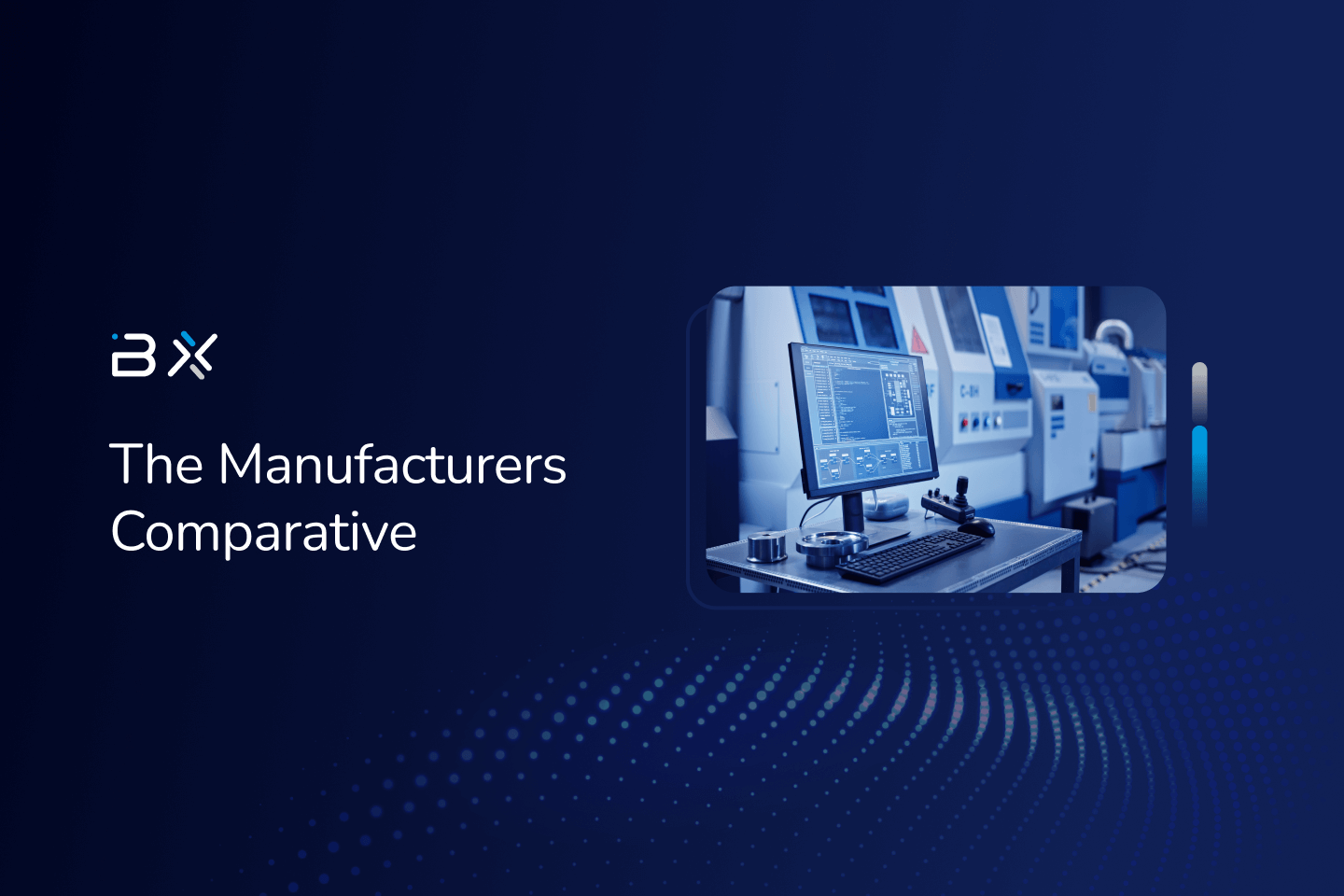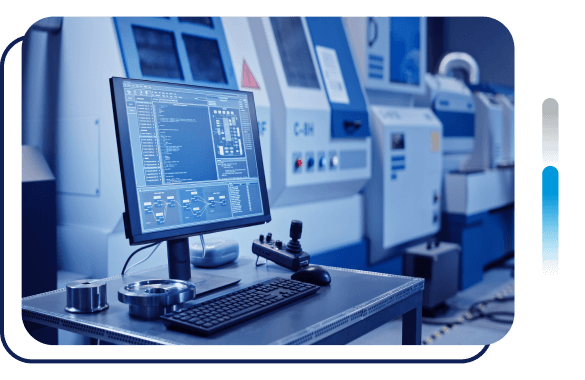
Published February 18, 2022, By Andrew Gissal



If you are a manufacturer in today’s competitive market, simply knowing how your company compares to other manufacturers likely won’t take you to the next level. It tells you where you’re coming up strong, meeting industry standards, or experiencing a shortfall; but it doesn’t exemplify what to do with that information or how to change course. Essentially, it’s a show and tell, but with just the tell. You’re only getting half the story, and as a result you may be making decisions off of assumption or best practice that may otherwise not be fit for your business at the time, or have become outdated practices anyways.
You need real, actionable insights that provide a holistic view of all current and historical standings for everyone operating in your industry. It’s about pushing your business forward by opening up new opportunities for a more profitable operational system, without completely reinventing the wheel.
Realistically speaking, how can you make that happen?
Over here at Bearex, we’re all about greater efficiency and complete business optimization. We’re not about reinventing the wheel either, but rather how can the driver stay in the fast lane without putting the wheels at risk.
That’s where the Bearex Insights Hub & Manufacturers Comparative comes into play.

Custom fit to your organization, the Insights Hub connects and inputs all your important data, creating a one stop shop for data entry, analysis, and actionable steps to improve day-to-day operations. Layer that with a user-friendly interface that tracks current and historical results from your peers in the industry, the manufacturers comparative provides real up-to-date insights on multiple segments, from operational to financial to HR data.
The Manufacturers Comparative was created to fill the missing link between mediocre surveys and peer-to-peer questions across those in the industry. As we said before, knowing how your company compares to other manufacturers likely won’t save it or take it to the next level since you have already hit the home runs for your company. What the insight will do, however, is provide you ideas on where to look based upon the most profitable manufacturers as well as how you compare to others in your industry, in general. Together, this works to help you pinpoint the singles and doubles that are still out there, ensuring you still remain a valuable player in the game.
The Manufacturers Comparative tracks 4 main areas: operational, financial, HR, and another that includes changing questions (example re: COVID-impacted changes). Let’s break it down:
Your information is input into a user-friendly interface, which allows you to track your current year vs other manufacturers or segments such as industry or sales size.
Using these dashboards, you can visibly highlight where your company sits above or below your chosen comparative segment, allowing you to make measurable decisions that can strengthen your own performance.

As your company adapts, so will the Manufacturers Comparative. Annually, our team will take in feedback from our users as a way to analyze our solution and strategically modify to meet the needs of everyone and create room for the types of insights users want to see.
Each sector and sub-industry in the ever-evolving manufacturing industry fits a different mold when it comes to the action steps and types of solutions that will fit their needs best. Due to the fact there are unique economic demands and organizational structure – or as McKinsey calls it, activity types – that define each one separately, the Manufacturers Comparative will also work to help you keep those differentiators in mind so as to not overwhelm you by extraneous comparisons.
Our team at Bearex looks forward to what’s next – for your business and the manufacturing industry as a whole. We understand the challenges that are starkly impacting supply chain productivity, labor shortages, and altogether rising costs as we continue through 2022. There is not one simple solution, but a necessity to remain adaptive and stay ahead of the learning curve when it comes to automation and preparation for long-term business continuity.

As COO & EOS Implementer at Bearex, Andrew aims to help entrepreneurial businesses use data to gain traction through his experience in organizational leadership and startup sales & marketing.

Andrew Gissal